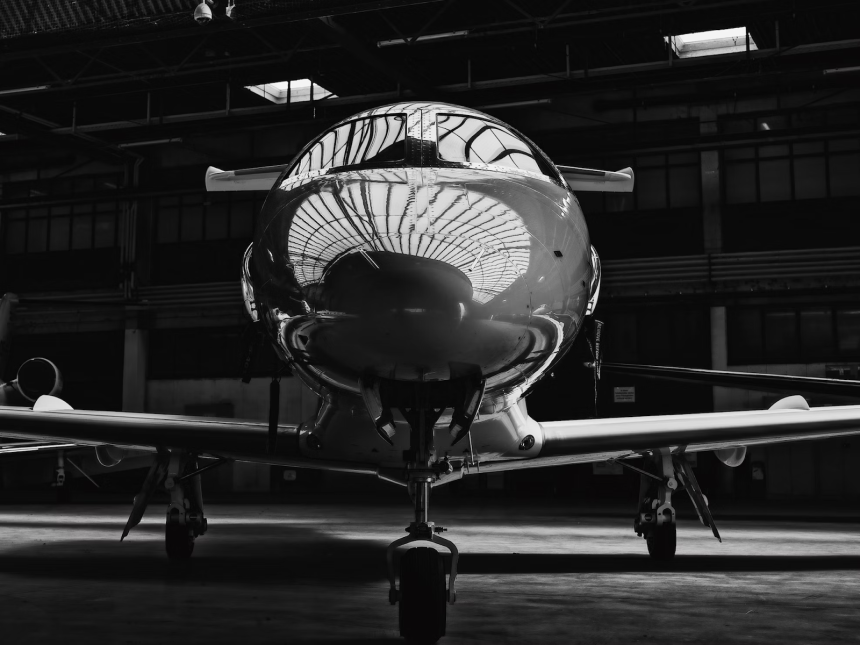Having a private aircraft grants you incredible freedom. You can skip the hassle of navigating commercial airports and fly on your own schedule. Best of all, you don’t have to worry about crying babies or inconsiderate passengers.
However, owning a private plane also poses a host of logistical challenges. One of them is storage. Your plane (probably) won’t fit in your driveway or your garage, so you might want to consider these options.
1. Airport Tie-Downs
This economical storage solution involves securing your plane in an aircraft parking lot. The wings and tail are tied down to keep the plane in place.
However, tie-down storage can become more expensive than you first thought. As your plane is exposed to the elements, you’ll likely be stuck paying more for maintenance costs than you would for a plane stored indoors.
2. Shared Hangar Rental
Keeping your aircraft indoors offers more protection than parking lot storage. Hangar rentals can get expensive, so a shared one is an easy and effective way to offset some of the cost.
With this storage solution, you pay a monthly fee to house your plane in a large hangar with other planes. Your aircraft is protected from the elements. However, there’s another risk to be mindful of. With other planes coming and going, there’s a chance your aircraft might suffer bumps, scrapes, and other damage.
3. T-Hangar Rental
As the name suggests, a T-hangar is a single-plane hangar with a narrowed portion for the tail and a wider portion for the wings. These hangars are private, so they offer your plane the best possible protection.
The downside of renting a T-hangar is that it’s considerably more expensive than renting a shared hangar or parking lot space. It might be worth it for short-term storage. But just as buying a house is generally more cost-effective than paying high rent for years, purchasing a hangar is worth considering if you need to store your plane for extended periods.
One other factor to keep in mind is the lack of customization. When you rent a hangar, there’s no guarantee you get the features you desire. If several airports are close to your home, you may be able to choose from several types of T-hangars. But if there’s only one, you might be limited to a single layout.
4. Personal Hangar
The primary advantage of purchasing your own hangar is that you can have a building designed to meet your specific needs. You can have a hangar custom-built to accommodate one plane or a whole fleet. You can also add space for storage, an office, living quarters, and more. You only pay for what you need (and nothing you don’t).
Some aircraft owners balk at the upfront cost of purchasing a hangar. However, over time, it’s often more cost-effective than long-term rentals.
What kind of storage is best for you?
Each person’s situation is different. But in many cases, purchasing a hangar is better than opting for tie-down storage. It protects your plane from damage, lets you create the exact space you need, and often saves you money in the long run.














